Direct-to-Film vs. Dye Sublimation: Unveiling Print Quality Differences
Direct-to-Film (DTF) transfer and dye sublimation printing are cutting-edge methods for achieving hi…….
In today’s fast-paced global landscape, understanding the dynamics between different technologies and processes is crucial for businesses, policymakers, and innovators alike. Two such concepts that have garnered significant attention are Direct To Factory (DTF) and sublimation—each with its unique approach to manufacturing, distribution, and consumer engagement. This article aims to dissect the intricate relationship between DTF and sublimation, exploring their differences, implications, and mutual impact on various sectors. By delving into these topics, we seek to equip readers with a holistic understanding of this evolving dynamic, enabling them to navigate the complexities of modern supply chains and market trends effectively.
Direct To Factory (DTF):
DTF is an innovative business model that bypasses traditional retail distribution channels. It facilitates direct communication between manufacturers and consumers or businesses, eliminating intermediaries. This approach allows for more efficient pricing, faster delivery, and enhanced customization options. DTF has revolutionized the way products are marketed and purchased, particularly in the digital age, where e-commerce platforms play a pivotal role.
Sublimation:
Sublimation, on the other hand, is a thermal process used to transfer images or designs onto various materials, most commonly fabrics and plastics. It involves heating a solid substance (the sublimation dye) until it transitions directly into a gas without becoming a liquid. This process enables high-quality, long-lasting printing on a wide array of surfaces. Sublimation has been widely adopted in the textile industry for customization and mass production, offering unparalleled design flexibility.
Core Components:
Historical Context:
The concept of DTF emerged as an alternative to traditional retail, gaining momentum with the rise of e-commerce. Online platforms like Amazon and Alibaba have played significant roles in popularizing direct-to-consumer (DTC) models. Meanwhile, sublimation technology has been around for decades, initially used in specific industries but later finding its place in mass customization and small-batch production.
The influence of DTF vs sublimation extends across borders, shaping global supply chains and consumer behavior:
| Region | Impact/Trends | Key Players |
|---|---|---|
| North America | DTF has gained significant traction in the US and Canada, with e-commerce giants like Amazon leading the charge. | Amazon, Shopify, Walmart |
| Europe | The EU market is witnessing a rise in DTC brands, while sublimation printing is widely used in apparel and gift industries. | AliExpress, Etsy (for DTF); Printful, Spreadshirt (for sublimation) |
| Asia Pacific | China dominates global manufacturing, with DTF models emerging as a new export avenue. Japan and South Korea lead in advanced printing technologies, including sublimation. | Alibaba, Taobao (DTF); Toyota (sublimation) |
| Middle East & Africa | The region witnesses a growing e-commerce sector, adopting DTF for rapid product delivery. | Namely, Jumia (Africa’s leading online marketplace) |
| South America | Local markets are experiencing a boom in handmade and customized products, facilitated by DTF platforms. | Mercado Libre, Olx |
The economic landscape of DTF vs sublimation is dynamic and multifaceted:
Technological breakthroughs have significantly enhanced both DTF and sublimation processes:
In DTF:
In Sublimation:
Consumer trends play a pivotal role in shaping the future of DTF vs sublimation:
The relationship between DTF and sublimation is not competitive but rather synergistic, with each benefiting from the other’s strengths:
While the synergy between DTF and sublimation presents exciting opportunities, there are challenges to address:
The DTF vs sublimation debate is not about superiority but rather a strategic choice based on specific business needs and target audiences. As technologies evolve, these models will continue to shape global markets and consumer behaviors. By understanding their unique advantages and mutual benefits, businesses can leverage these dynamics to create successful strategies.
In the future, we can expect to see:
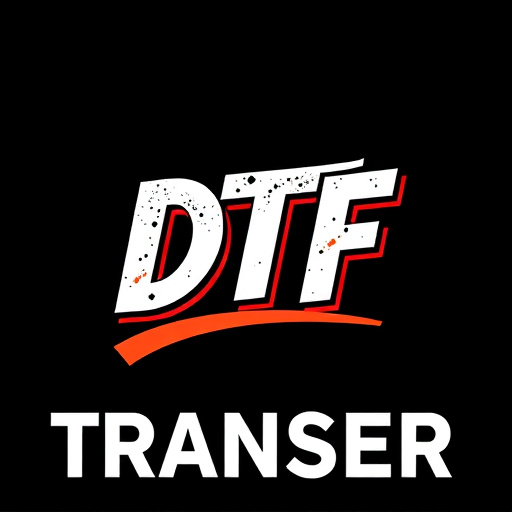
Direct-to-Film (DTF) transfer and dye sublimation printing are cutting-edge methods for achieving hi…….
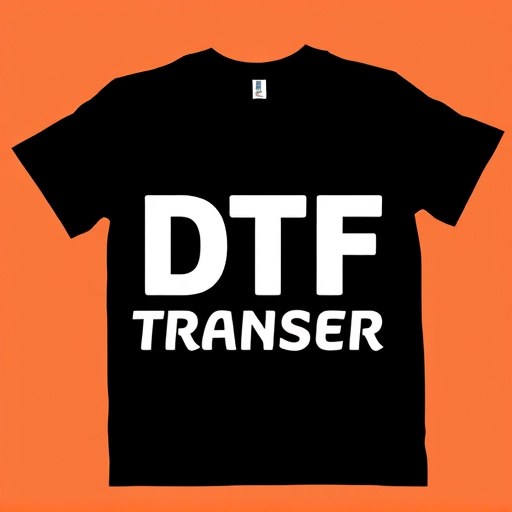
Direct-to-Film (DTF) transfer printing and dye sublimation are two cutting-edge print technologies……..
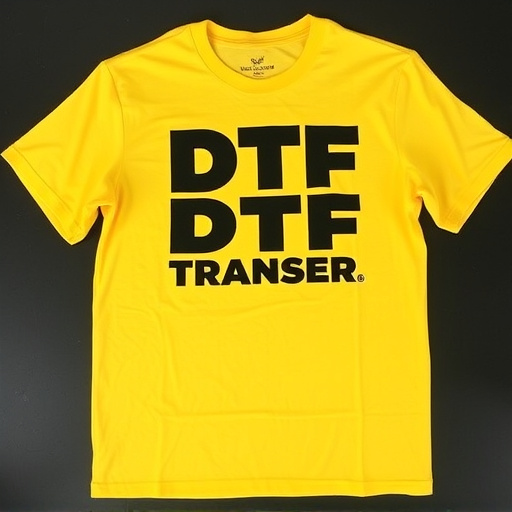
Direct-to-Film (DTF) printing is a revolutionary technique offering high-quality, durable prints on…….
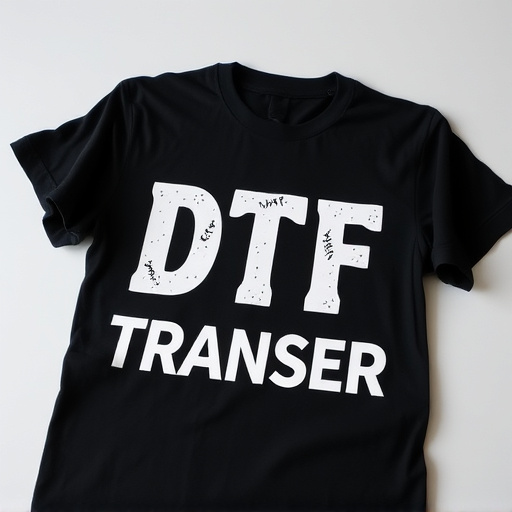
DTF Prints and dye sublimation printing are two modern printing technologies offering high-quality i…….
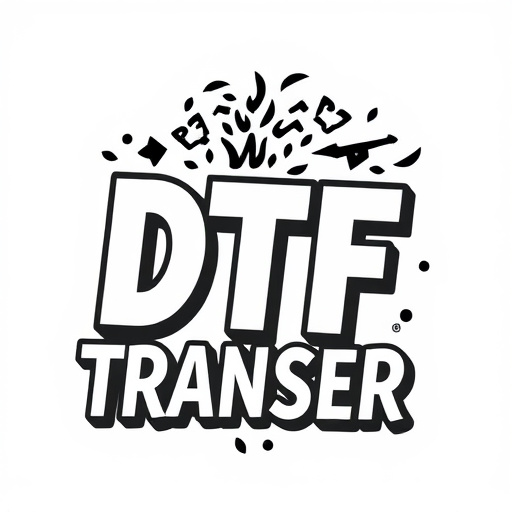
Direct-to-film (DTF) printing is a revolutionary technology for producing high-quality graphics dire…….
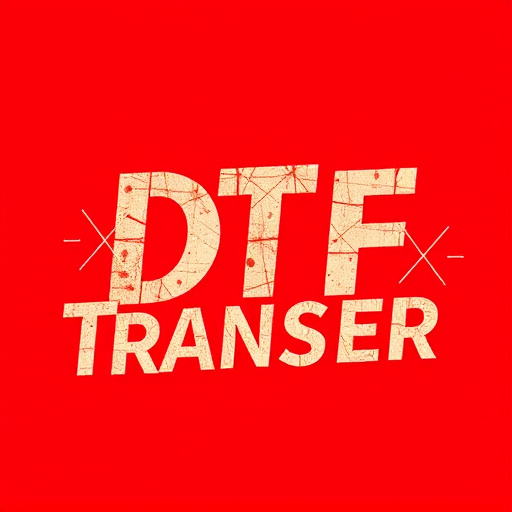
DTF (Direct-to-Forme) Printing is a cutting-edge technology transforming the printing industry, offe…….
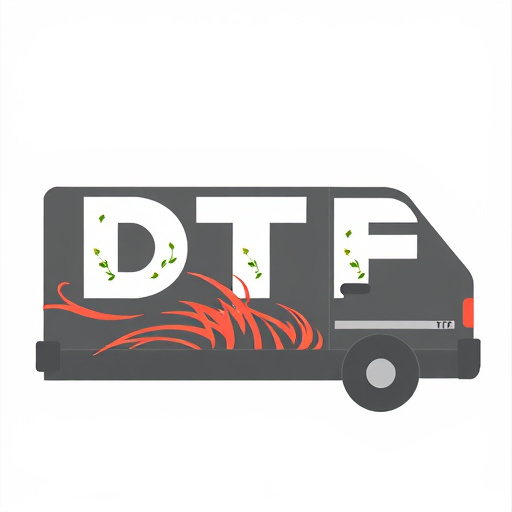
Direct-to-Film (DTF) transfers and dye sublimation printing are two cutting-edge methods transformin…….
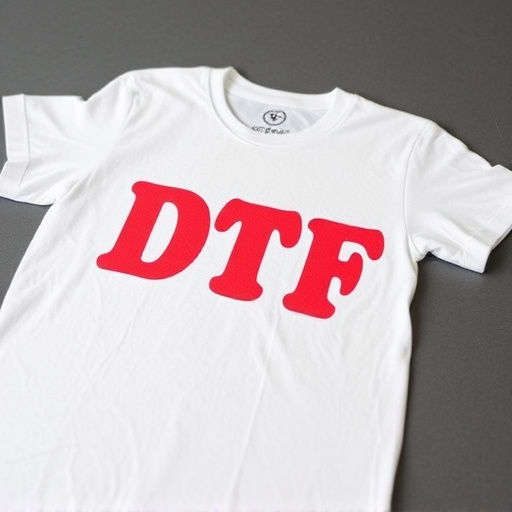
Direct-to-film (DTF) printing is a cutting-edge technology offering unparalleled precision and clari…….

Direct-to-Film (DTF) transfer technology and dye sublimation printing are cutting-edge methods for h…….
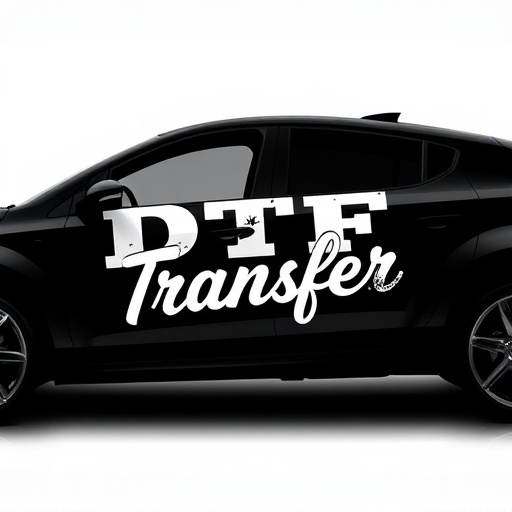
Direct-to-Film (DTF) transfer printing is a cutting-edge method creating high-quality prints on dive…….